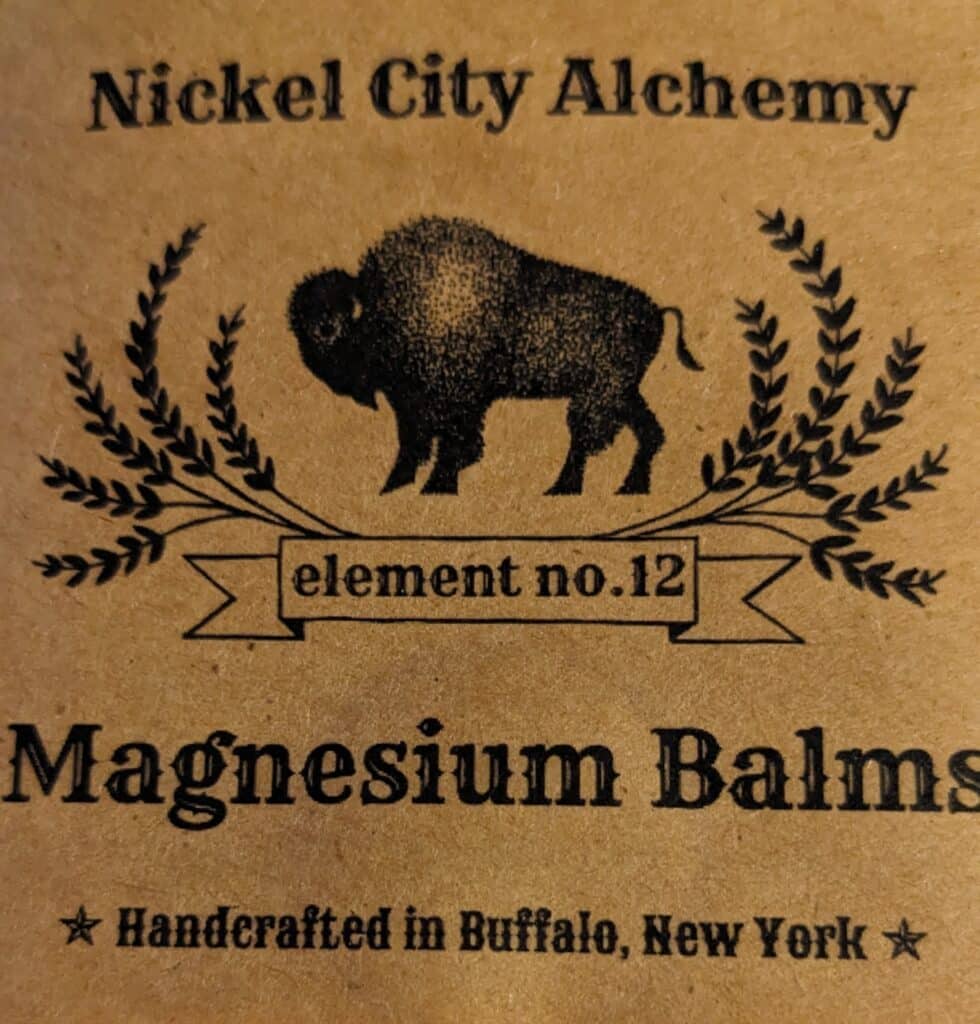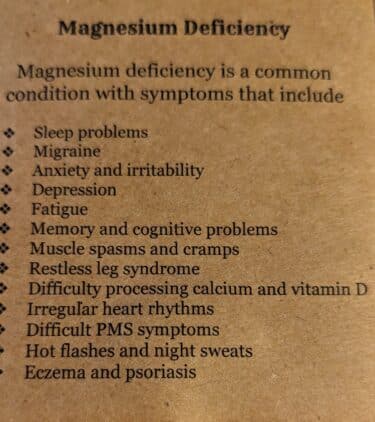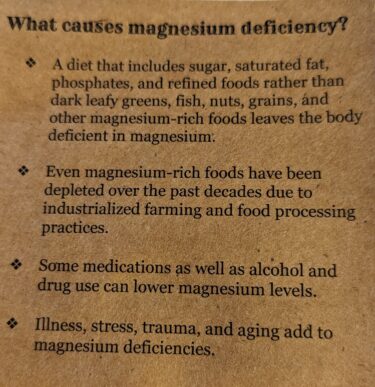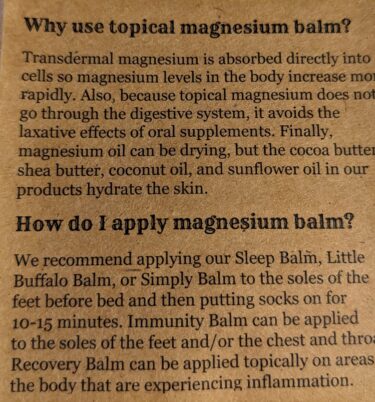One of the more insidious methods that alternative medicine practitioners use is to take a condition that exists, redefine it, and then claim that their treatments can cure the new definition of the term. The new definition will often be a pale mockery of the former – for example, Lyme Disease, which is a very serious condition with specific symptoms, we “chronic Lyme disease,” which has a variety of non-specific symptoms and is not acknowledged as a disease by official health agencies. Because Lyme disease is quite serious and people in various areas of the US are taught to be wary of it, chronic Lyme disease seems more real, and alternative medicine practitioners can step in to exploit this fear.
I reflected on this a few weeks ago as I was perusing the shelves at a Reiki clinic that was hosting a dear friend’s art show. Being fully aware of what Reiki is and what it claims it can do was nowhere near enough to prevent me from supporting my friend’s show. The clinic is so close to my house that only one of my city’s murderous snow storms would have kept me from walking to it.
If you’ve ever been to a wellness store, then you are already familiar with the content of this one. While different in decorations, the contents inside are similar. In fact, this kind of world was the last thing my credulous past-self clung to. I dabbled in alternative medicine a little bit—I would say that I liked it because it was unusual and different, rather than really believing in it.
Some people that know me seemed to be nervous that there would be some kind of scene or drama because of my skepticism at a place like this, but I had no intention of causing any problems. Our motto here is “reason with compassion,” and while that can be interpreted condescendingly, that’s not what anyone means. We aren’t pitying the customers of this shop, or others like it, we are trying to understand them. That understanding is of tantamount importance if we are to fight alternative medicine and conspiratorial thinking.
The people who frequent these places aren’t stupid people, they’re just people who think—for one reason or another, that this kind of thing helps. They are trying it because they either do not know the difference (which is where we come in), or because desperation has forced them to not care about the difference. In the U.S., the desperation is more rampant. If you have health insurance, and you have a G.P., it can still be a few weeks before you can see someone. Whereas some alt-med clinics offer walk-in appointments.
In the U.S. even if you have insurance, it can still be costly, because of the way the system “works” here. As George Constanza argued in an early episode of Seinfeld (“The Heart Attack” 1991) upon hearing that his tonsils grew back, he had nothing to lose by wearing a pyramid on his head and drinking a tea consisting of “cramp bark, cleavers, and couch grass” causing his face to turn purple requiring a trip to a medical hospital.
Equally, some people just want someone to listen to them about a non-specific ailment they are having. You go to the Reiki clinic and pay for the hour; they’re going to talk to you about you for an hour. It’s much different than the often overworked and understaffed medical clinics that need to rush though a long list of patients. It would be foolish of us to not appreciate the draw of someone who claims to be able to help, and then just listens to an ailing person talk. This is an intervention that may explain patients who self-report improvement even though nothing has happened to them.
The shelves at this Reiki clinic were lined with various tchotchkes and baubles that are present at any of these clinics: bound leaves of sage for burning (which enough people mistook for cannabis), books by people describing themselves as “healers,” lots of crystals, balms, and even a plentiful display of the homeopathic remedies from Boiron. I spent almost as much time looking through the shelves as I did my friend’s paintings, and I learned a few things. The first was that rose-quartz is the best possible crystal as it had the most claims attached to it. The second is that the cut of the crystal matters as much as the material. It is not just the type of rock but also its final form that matters.

I also learned of something called “Magnesium Deficiency” from a brown paper pamphlet advertising a place called “Nickel City Alchemy” – and “alchemy” is one of those words that trigger my skeptic alarm, so I began writing down some of the claims (as a side note, I’ve never heard of my city described as the “City of no Illusions”).
I learned from the pamphlet that magnesium deficiency is widespread, and the possible symptoms are:

sleep problems, migraine, anxiety and irritability, depression, fatigue, memory and cognitive problems, muscle spasms and cramps, restless leg syndrome (this is associated with an iron deficiency and can possibly be alleviated with a different technique), difficulty processing calcium and vitamin D, irregular heart rhythms, difficult PMS symptoms, hot flashes and night sweats, and finally eczema.
Each of these symptoms are nonspecific enough that they can apply to anyone, with the exception of two entries: muscle spasms and irregular hearth rhythm. These two symptoms are indicative of an actual deficiency. Before I continue with the pamphlet I want to explain that magnesium deficiency can be a real condition called “hypomagnesemia” that results in muscle spasms and irregular heartbeats. The causes of hypomagnesemia are chronic alcoholism, chronic diarrhoea, small bowel bypass (a low or non-functioning small intestine), steatorrhea (fatty faecal excretion), related to a pregnancy in the third trimester, and renal complications. Each one of these causes would be indicative of a more serious condition with the magnesium deficiency being the least of the concerns.

According to the pamphlet though the causes are,
a diet that includes sugar, saturated fat, phosphates, and refined foods rather than dark leafy greens, fish, nuts, grains, and other magnesium-rich foods, leaves the body deficient in magnesium.
This seemed straightforward enough: I could just change my diet to fix the deficiency… but no, apparently that would not work, because,
Even magnesium rich foods have been depleted over the past decades due to industrialized farming and food processing practices.
This means that even if I switch all of my meals to a kale-almond-salmon salad, I’d still need to buy the magnesium infused salts and butters because “big food” has somehow processed the magnesium right out of the food. Which is impressive in its focus since magnesium is an essential part of chlorophyll.
Eating processed foods isn’t causing this condition. However, if you are already the sort of person that is into eating organic and non-GMO food and is generally into “living naturally” you likely have worries concerning factory farming and eating things that are difficult to pronounce…this pamphlet is pushing your buttons. You’re alive so you probably have had one of the many symptoms listed as a cause. The pamphlet is confusing a real condition with their mockery of it in order to make the sale.

Everything on the little brochure had the illusion of specificity. Yet, if we take a careful look at their claims, they aren’t really saying anything at all. Their claims are merely alt-med buzzwords designed to check an emotional box for someone who is already inside an alternative medicine facility. It’s like a physical manifestation of confirmation bias and sunken cost. I could point at any of the random people walking by my home to find someone suffering from at least one of those conditions. I myself apparently have those symptoms, with my depression, anxiety, and occasional fatigue.
I became curious as to where this idea came from. Hearing that my body is low on magnesium would be as strange as hearing that my body was low on gold. Searching through the company’s blog I found a few advertisements for places to buy their products, a recipe for biscuits, and a few entries discussing health. It was in these entries that I found the name Carolyn Dean. Carolyn Dean was a medical doctor (she currently lacks a license to practice medicine), and is presently a conspiracy theorist and naturopath who wrote a book in 2003 titled “The Magnesium Miracle” which touts magnesium as a miracle cure for just about everything. The book was updated in 2017, which is the version that someone in the company used as a reference.
What is happening here is a bait-and-switch: you’ve got someone concerned that they are always anxious, a little depressed, a little tired; whose regular medical professional tells them something blasé like “get more sleep;” and then you tell them you know exactly what’s wrong, it’s not you, it’s a lack of magnesium in your diet. Here is an eighteen-dollar balm that can transdermally pass magnesium into the skin to help you sleep.
The patient may feel better, because someone not only addressed their concern, but also explained that it wasn’t their fault, it was an external cause all along. If the person looks up “Mg Deficiency” they’ll find a real condition with much more serious symptoms that they can say they avoided thanks to the balm.
The danger here is that they’re now roped into this world, which is the reason that Magnesium Deficiency is used. Sure, the patient was ignorant of the real condition; but it should never have gotten to the point where a rough paper pamphlet sold them the cure to begin with.



